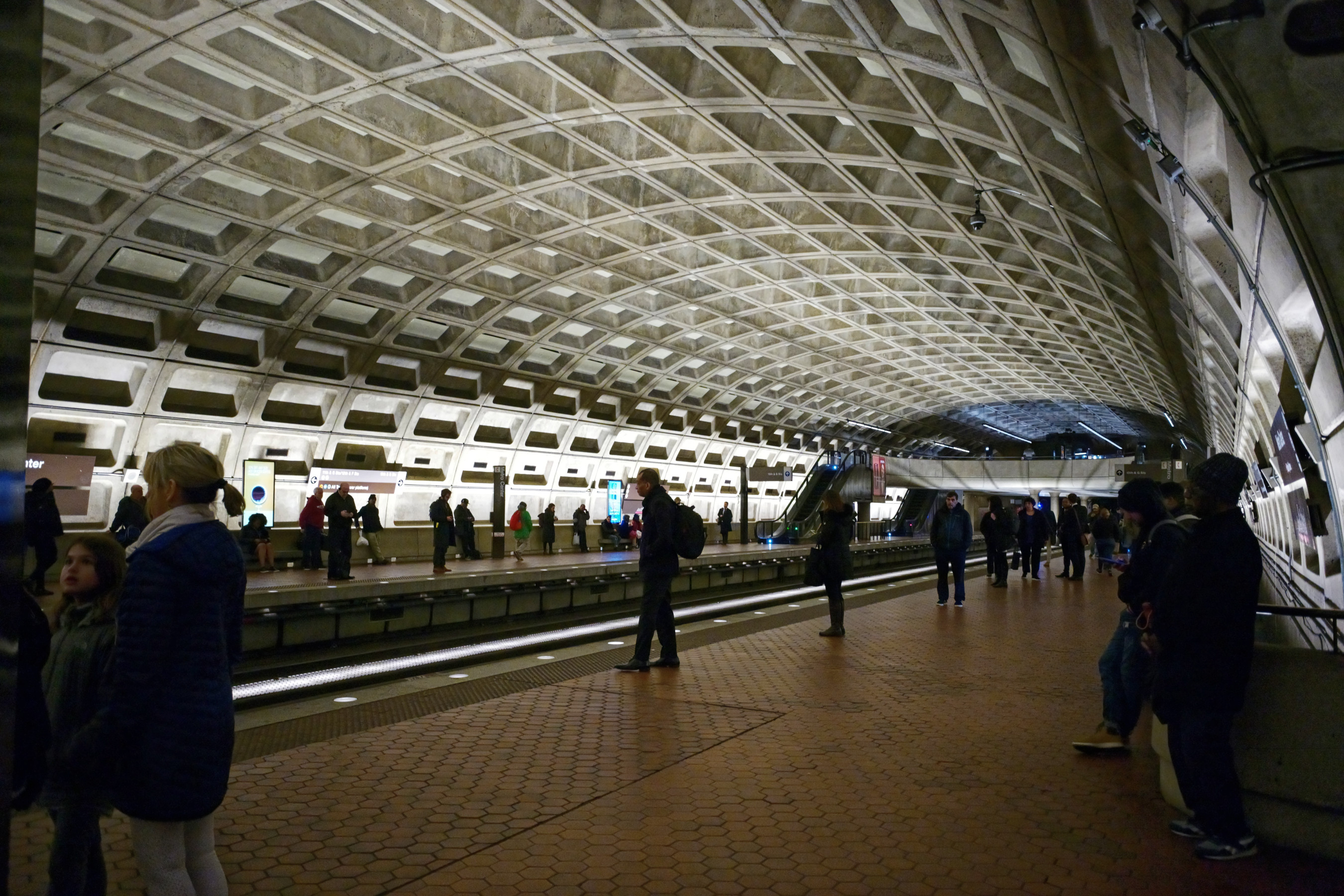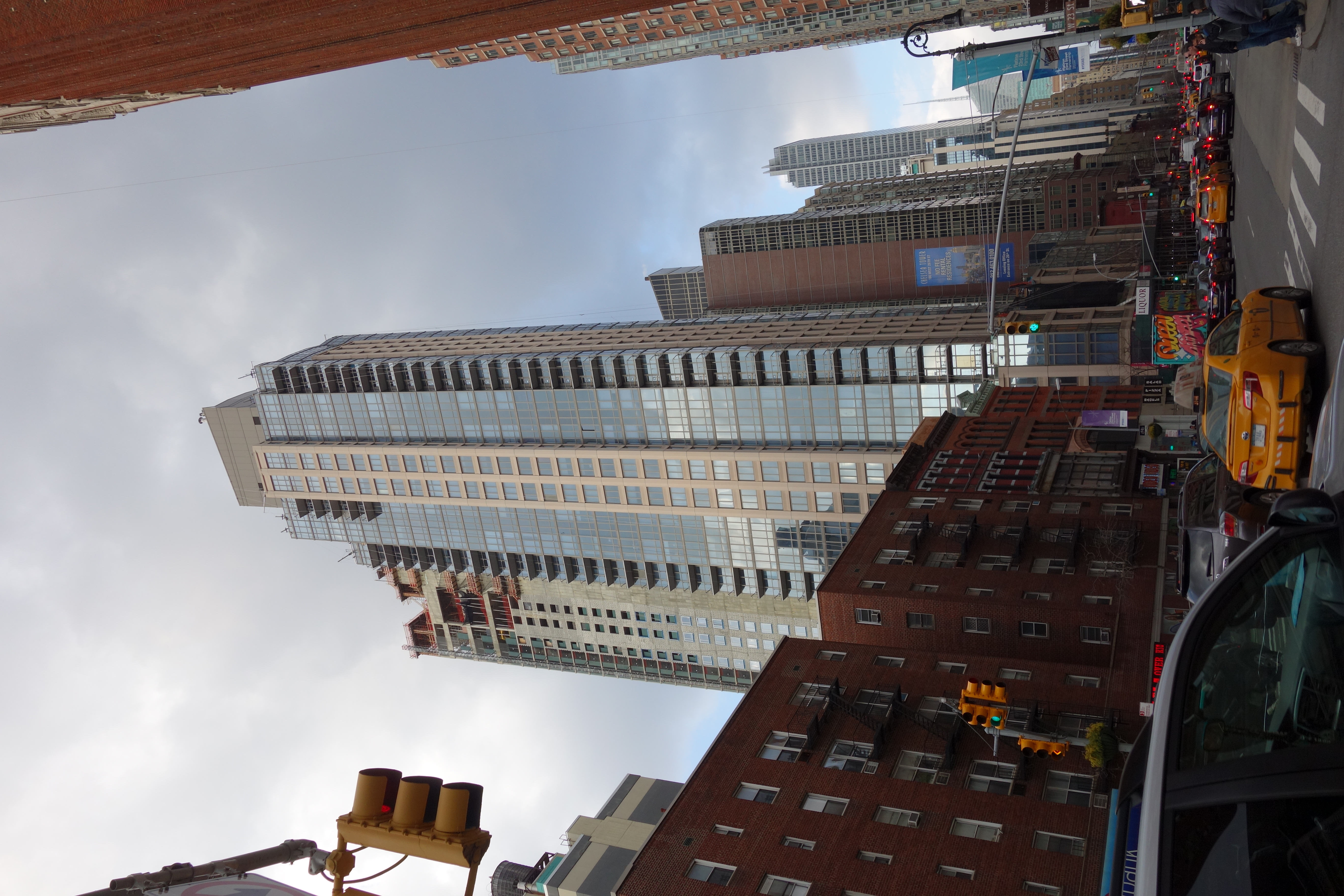|
Alfragide Towers
The Alfragide Towers () are a set of residential buildings in Alfragide, Amadora, Portugal. The complex consists of three residential towers and a shopping centre at ground level, connecting the three buildings. It also contains an underground car park and a complex of swimming pools, currently unused. It is an example of brutalism-influenced architecture. Buildings The three residential towers have different heights, ranging from 10 to 15 floors. Each tower's footprint is similar to a four-leaf clover, with a central services core featuring stairs, elevators and garbage chutes, and four "subtowers" stemming from the core. The apartments feature different layouts, including single-storey flats and two-storey maisonettes. The two-storey shopping centre at ground level features shops, cafés, and offices. Until the late 1980s it also featured a cinema, currently closed. Architecture Tomás Taveira was the main architect responsible for the project, while working at Concei� ... [...More Info...] [...Related Items...] OR: [Wikipedia] [Google] [Baidu] |
Águas Livres Aqueduct
The Águas Livres Aqueduct (, , "Aqueduct of the Free Waters") is a historic aqueduct in the city of Lisbon, Portugal. It is one of the most remarkable examples of 18th-century Portuguese engineering. The main course of the aqueduct covers 18 km, but the whole network of canals reaches nearly 58 km. Lisbon had always suffered from a lack of drinking water. Thus, King John V decided to build an aqueduct to bring water from sources in the parish of Caneças, in the modern municipality of Odivelas. The project was paid for by a sales tax on beef, olive oil, wine, and other products. History Background Water was in scarce supply even for Lisbon's earliest inhabitants. The Tagus estuary bordering their settlement was too brackish to be potable due to tidal influx of seawater. The only area with reliable spring water was the Alfama neighborhood. With the growth of the city outside of its medieval walls, pressures on its water supply grew. The idea of using water from ... [...More Info...] [...Related Items...] OR: [Wikipedia] [Google] [Baidu] |
Amadora
Amadora (), officially Amadora City (), is a List of cities in Portugal, city and concelho, municipality in the northwest of the Lisbon metropolitan area and 10 km from central Lisbon. The population in 2011 was 175,136, in an area of 23.78 km2 (9.2 sq mi). It is the fourth biggest and most densely populated city in Portugal. History There is significant evidence of Neolithic settlements in the municipality. The Necropolis of Carenque consists of three artificial caves that served as tombs from around 3000 BCE. Amadora was originally named ''Porcalhota'', for being a Majorat of the daughter of a man surnamed ''Porcalho'' who was called for being a female ''Porcalhota''. The Aqueduto das Águas Livres, which brings water from the Sintra hills to Lisbon, and stretches , was finished in the 1770s and includes the largest masonry arch ever built, located in Campolide — the local coat of arms also displays the aqueduct (like others along its way). At the request of its pop ... [...More Info...] [...Related Items...] OR: [Wikipedia] [Google] [Baidu] |
Portugal
Portugal, officially the Portuguese Republic, is a country on the Iberian Peninsula in Southwestern Europe. Featuring Cabo da Roca, the westernmost point in continental Europe, Portugal borders Spain to its north and east, with which it shares Portugal-Spain border, the longest uninterrupted border in the European Union; to the south and the west is the North Atlantic Ocean; and to the west and southwest lie the Macaronesia, Macaronesian archipelagos of the Azores and Madeira, which are the two Autonomous Regions of Portugal, autonomous regions of Portugal. Lisbon is the Capital city, capital and List of largest cities in Portugal, largest city, followed by Porto, which is the only other Metropolitan areas in Portugal, metropolitan area. The western Iberian Peninsula has been continuously inhabited since Prehistoric Iberia, prehistoric times, with the earliest signs of Human settlement, settlement dating to 5500 BC. Celts, Celtic and List of the Pre-Roman peoples of the Iberia ... [...More Info...] [...Related Items...] OR: [Wikipedia] [Google] [Baidu] |
Brutalist Architecture
Brutalist architecture is an architectural style that emerged during the 1950s in the United Kingdom, among the reconstruction projects of the post-war era. Brutalist buildings are characterised by Minimalism (art), minimalist constructions that showcase the bare building materials and Structural engineering, structural elements over decorative design. The style commonly makes use of exposed, unpainted concrete or brick, angular geometric shapes and a predominantly monochrome colour palette; other materials, such as steel, timber, and glass, are also featured. Descended from Modernism, brutalism is said to be a reaction against the nostalgia of architecture in the 1940s. Derived from the Swedish phrase ''nybrutalism'', the term "new brutalism" was first used by British architects Alison and Peter Smithson for their pioneering approach to design. The style was further popularised in a 1955 essay by architectural critic Reyner Banham, who also associated the movement with the Fre ... [...More Info...] [...Related Items...] OR: [Wikipedia] [Google] [Baidu] |
Reinforced Concrete
Reinforced concrete, also called ferroconcrete or ferro-concrete, is a composite material in which concrete's relatively low tensile strength and ductility are compensated for by the inclusion of reinforcement having higher tensile strength or ductility. The reinforcement is usually, though not necessarily, steel reinforcing bars (known as rebar) and is usually embedded passively in the concrete before the concrete sets. However, post-tensioning is also employed as a technique to reinforce the concrete. In terms of volume used annually, it is one of the most common engineering materials. In corrosion engineering terms, when designed correctly, the alkalinity of the concrete protects the steel rebar from corrosion. Description Reinforcing schemes are generally designed to resist tensile stresses in particular regions of the concrete that might cause unacceptable cracking and/or structural failure. Modern reinforced concrete can contain varied reinforcing materials made o ... [...More Info...] [...Related Items...] OR: [Wikipedia] [Google] [Baidu] |
Francisco Conceição Silva
Francisco is the Spanish and Portuguese form of the masculine given name ''Franciscus''. Meaning of the name Francisco In Spanish, people with the name Francisco are sometimes nicknamed "Paco". San Francisco de Asís was known as ''Pater Communitatis'' (father of the community) when he founded the Franciscan order, and "Paco" is a short form of ''Pater Communitatis''. In areas of Spain where Basque is spoken, "Patxi" is the most common nickname; in the Catalan areas, "Cesc" (short for Francesc) is often used. In Spanish Latin America and in the Philippines, people with the name Francisco are frequently called "Pancho". " Kiko"and "Cisco" is also used as a nickname, and "Chicho" is another possibility. In Portuguese, people named Francisco are commonly nicknamed " Chico" (''shíco''). People with the given name * Pope Francis (1936-2025) is rendered in the Spanish, Portuguese and Filipino languages as Papa Francisco * Francisco Acebal (1866–1933), Spanish writer and author ... [...More Info...] [...Related Items...] OR: [Wikipedia] [Google] [Baidu] |
Tomás Taveira
Tomás Cardoso Taveira (born 22 November 1938) is a Portuguese architect and former university teacher. He has a degree in architecture from the Escola Superior de Belas-Artes de Lisboa (ESBAL), later incorporated into the Technical University of Lisbon (UTL), and owns a post-graduation from the Massachusetts Institute of Technology. Tomás Taveira. In Infopédia m linha Porto: Porto Editora, 2003-2009. onsult. 2009-05-13 Disponível na www: . Some of his most recognizable works include the Amoreiras Towers in Lisbon, three of the new stadiums for the 2004 UEFA European Football Championship in Portugal and the Allianz Parque stadium in São Paulo, Brazil. Works Tomás Taveira's emblematic buildings include: * Alfragide Towers *Zona J Housing Complex *Amoreiras Towers, Lisbon, Portugal *Arco-Íris Building, Lisbon, Portugal *BNU building, Av. 5 de Outubro, Lisbon, Portugal * Aveiro Stadium, Aveiro, Portugal * Alvalade Stadium, Lisbon, Portugal * Leiria Stadium, Leiria, ... [...More Info...] [...Related Items...] OR: [Wikipedia] [Google] [Baidu] |
Alfragide
Alfragide () is a parish in Amadora Municipality. The population in 2011 was 17,044,Instituto Nacional de Estatística (INE) Census 2011 results according to the 2013 administrative division of Portugal in an area of 2.51 km². Its is . In the extreme south of the parish is located the first store in Portugal as part of a major shopping area ... [...More Info...] [...Related Items...] OR: [Wikipedia] [Google] [Baidu] |
Chute (gravity)
A chute is a vertical or inclined plane, channel, or passage through which objects are moved by means of gravity. Landform A chute, also known as a race, flume, cat, or river canyon, is a steep-sided passage through which water flows rapidly. Akin to these, man-made chutes, such as the timber slide and log flume, were used in the logging industry to facilitate the downstream transportation of timber along rivers. These are no longer in common use. Man-made chutes may also be a feature of spillways on some dams. Some types of water supply and irrigation systems are gravity fed, hence chutes. These include aqueducts, puquios, and acequias. Building chutes Chutes are in common use in tall buildings to allow fast and efficient transport of items and materials from the upper floors to a central location on one of the lower floors, especially the basement. Chutes may be of a round, square or rectangular cross-section at the top and/or the bottom. * Laundry chutes in hotels are pl ... [...More Info...] [...Related Items...] OR: [Wikipedia] [Google] [Baidu] |
Maisonettes
An apartment (American English, Canadian English), flat (British English, Indian English, South African English), tenement (Scots English), or unit (Australian English) is a self-contained housing unit (a type of residential real estate) that occupies part of a building, generally on a single story. There are many names for these overall buildings (see below). The housing tenure of apartments also varies considerably, from large-scale public housing, to owner occupancy within what is legally a Condominium (living space), condominium (strata title or commonhold) or leasehold, to tenants renting from a private landlord. Terminology The term ''apartment'' is favoured in North America (although in some Canadian cities, ''flat'' is used for a unit which is part of a house containing two or three units, typically one to a floor). In the UK and Australia, the term ''apartment'' is more usual in professional real estate and architectural circles where otherwise the term ''flat'' is u ... [...More Info...] [...Related Items...] OR: [Wikipedia] [Google] [Baidu] |
James Stirling (architect)
Sir James Frazer Stirling (22 April 1926 – 25 June 1992) was a British architect. Stirling worked in partnership with James Gowan from 1956 to 1963, then with Michael Wilford from 1971 until 1992. Early life and education Stirling was born in Glasgow. His year of birth is widely quoted as 1926Wilford and Muirhead, p. 306 but his longstanding friend Sir Sandy Wilson later stated it was 1924. The family moved to Liverpool when James was an infant, where he attended Quarry Bank High School. After leaving school, he studied at the School of Art in Liverpool between 1940-41, while working in an architect's office. During World War II, he joined the Black Watch before transferring to the Parachute Regiment. He was parachuted behind German enemy lines before D-Day and was wounded twice, before returning to Britain. Stirling studied architecture from 1945 until 1950 at the University of Liverpool, where Colin Rowe was a tutor. He worked in a number of firms in London before est ... [...More Info...] [...Related Items...] OR: [Wikipedia] [Google] [Baidu] |




